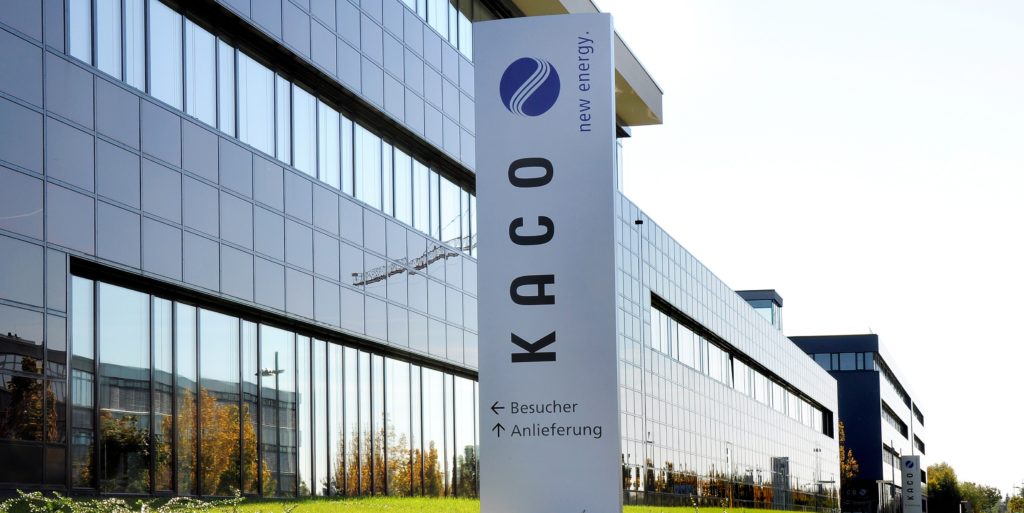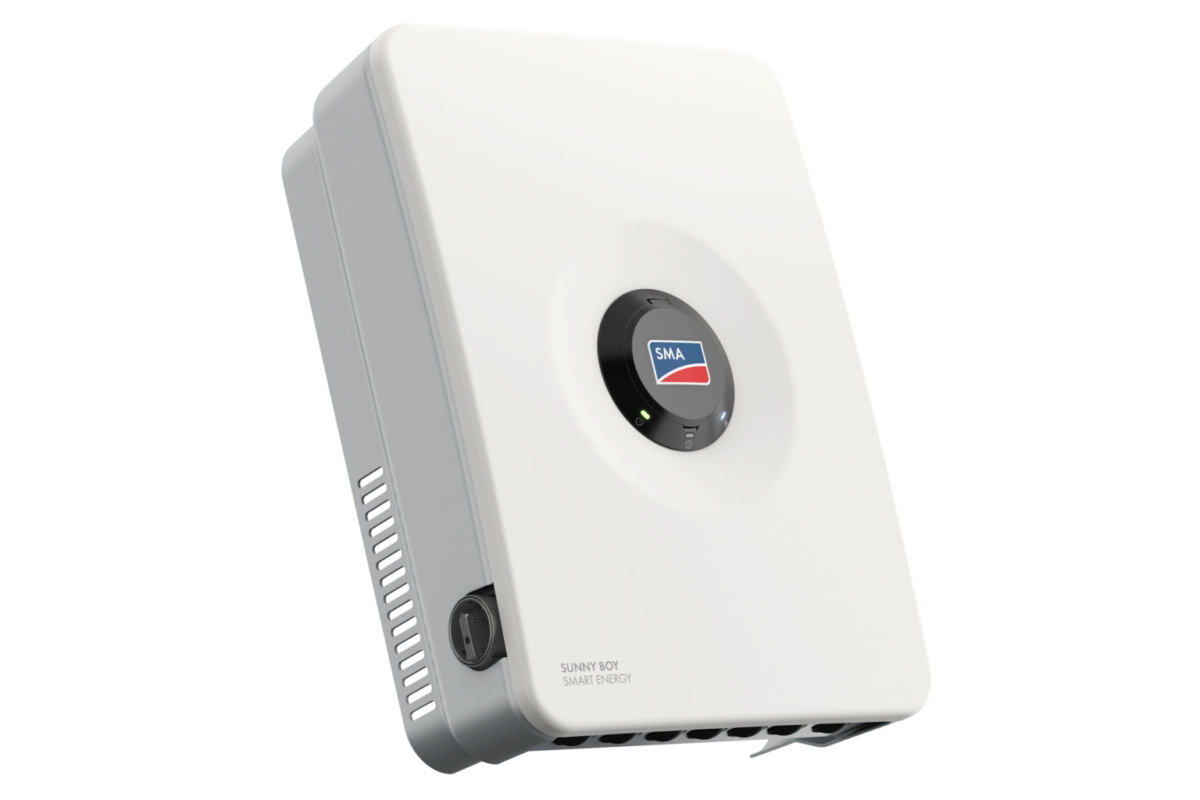German inverter manufacturer Kaco new energy GmbH has agreed to sell OCI Power the technology and manufacturing operations of its South Korean subsidiary, Kaco new energy Inc. According to company information, the deal pertains to Kaco’s central inverter business and the sale will enable the German company to focus on string inverters and energy storage.
The deal to sell to the Korean developer was announced on Tuesday in Seoul by OCI president Woohyun Lee with the central inverter manufacturing technologies transferred as an asset deal to OCI Power, a PV business subsidiary of OCI.
The companies said they will continue their close cooperation for the distribution of string inverters in South Korea and Japan. Kaco said the sale was for strategic reasons, as it seeks to position itself as a key player in the string inverter market.
Kaco CEO Ralf Hofmann added that the recent acquisition of Energy Depot will enable the business to strengthen its portfolio in the energy storage systems market.
Strategic sale
“We see both major cost advantages and benefits for our customer base in the implementation of string inverters, even in multi-megawatt sized solar parks,” said the Kaco boss. “We can offer appropriate system solutions for this purpose, which at the same time integrate the advantages of central system designs but with the additional benefit of speed of installation, massively improved logistics and the potential slashing of operations and maintenance costs.”
OCI Power is said to be in a strong position to distribute inverters in South Korea and Japan. The sale announcement indicated OCI will focus on its domestic solar energy market, using Kaco’s experience to increase energy efficiency in its solar parks.
“OCI has extensive experience in large solar power generation plants,” said company president Kimoo Heo. “With the acquisition of KACO new energy Inc. in South Korea, we now also have the core competence to develop inverters. We will also play our part in expanding the domestic solar market in line with the government’s renewable energy policy.”
In November, South Korea’s President Moon Jae-in announced the transformation of 409 km² of land at Saemangeum into a 4 GW renewable energy complex, 3 GW of it solar. The site is due for commissioning by 2022.
South Korea wants to generate 20% of its power from renewables by 2030. The country is working on installing 30.8 GW of PV by that date, with 9% of that capacity at Saemangeum.
This content is protected by copyright and may not be reused. If you want to cooperate with us and would like to reuse some of our content, please contact: editors@pv-magazine.com.




1 comment
By submitting this form you agree to pv magazine using your data for the purposes of publishing your comment.
Your personal data will only be disclosed or otherwise transmitted to third parties for the purposes of spam filtering or if this is necessary for technical maintenance of the website. Any other transfer to third parties will not take place unless this is justified on the basis of applicable data protection regulations or if pv magazine is legally obliged to do so.
You may revoke this consent at any time with effect for the future, in which case your personal data will be deleted immediately. Otherwise, your data will be deleted if pv magazine has processed your request or the purpose of data storage is fulfilled.
Further information on data privacy can be found in our Data Protection Policy.